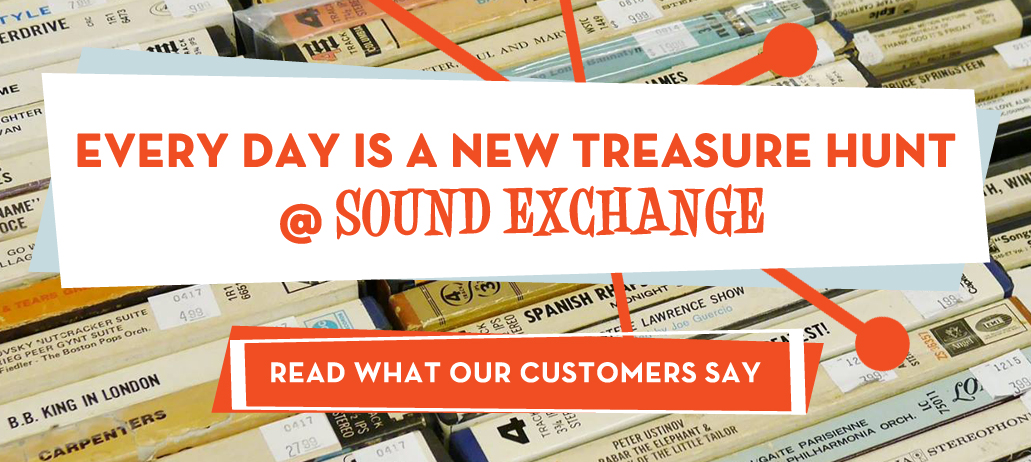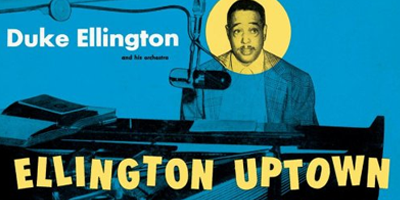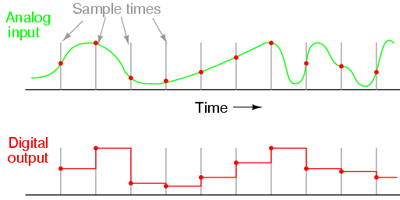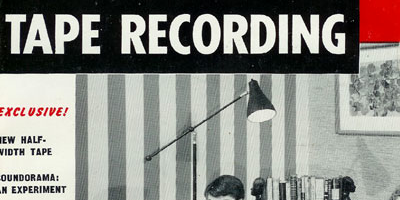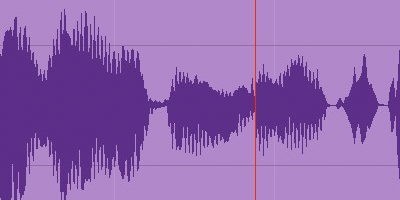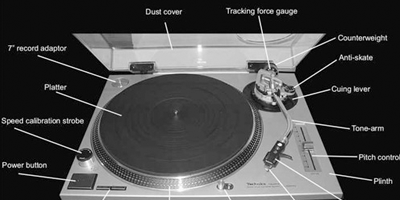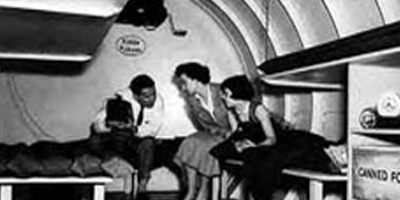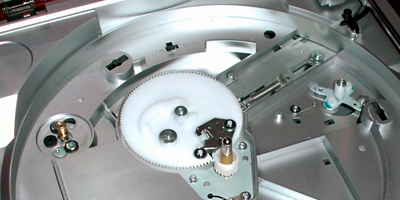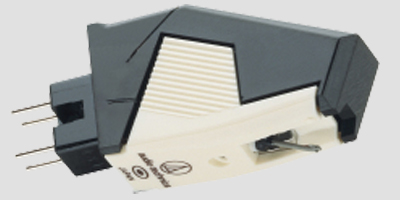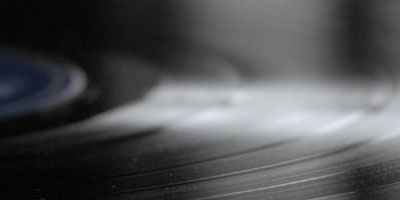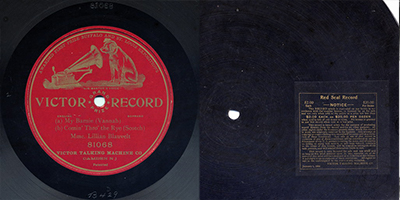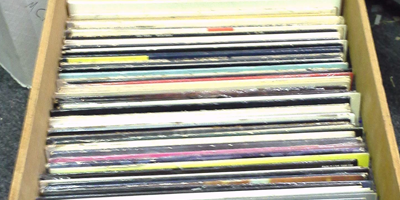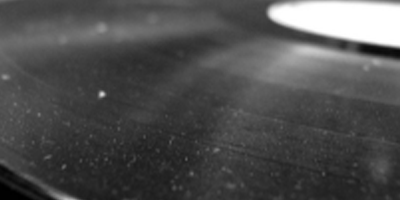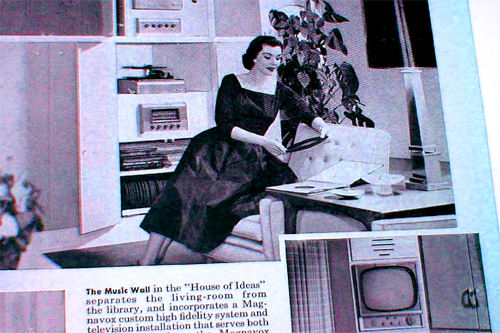
Always handle your records by the label and the outer edge and never ever touch the record grooves except when performing a deep cleaning.
The best handling method is to only use the palms of your hands and your fingertips.
1. Remove the record (which should be inside its inner sleeve) from the record jacket.
2. Now reach into the inner sleeve with one hand and put your fingertips onto the record label and pull it out. The palm of your hand should rest on the outer edge.
3. Then place your other palm onto the other side of the record for placement on the turntable. The goal is to not touch the grooves.
4. Place the record on a clean dry towel for cleaning or on the turntable for use.
 Sign Up For Our Newsletter
Sign Up For Our Newsletter


